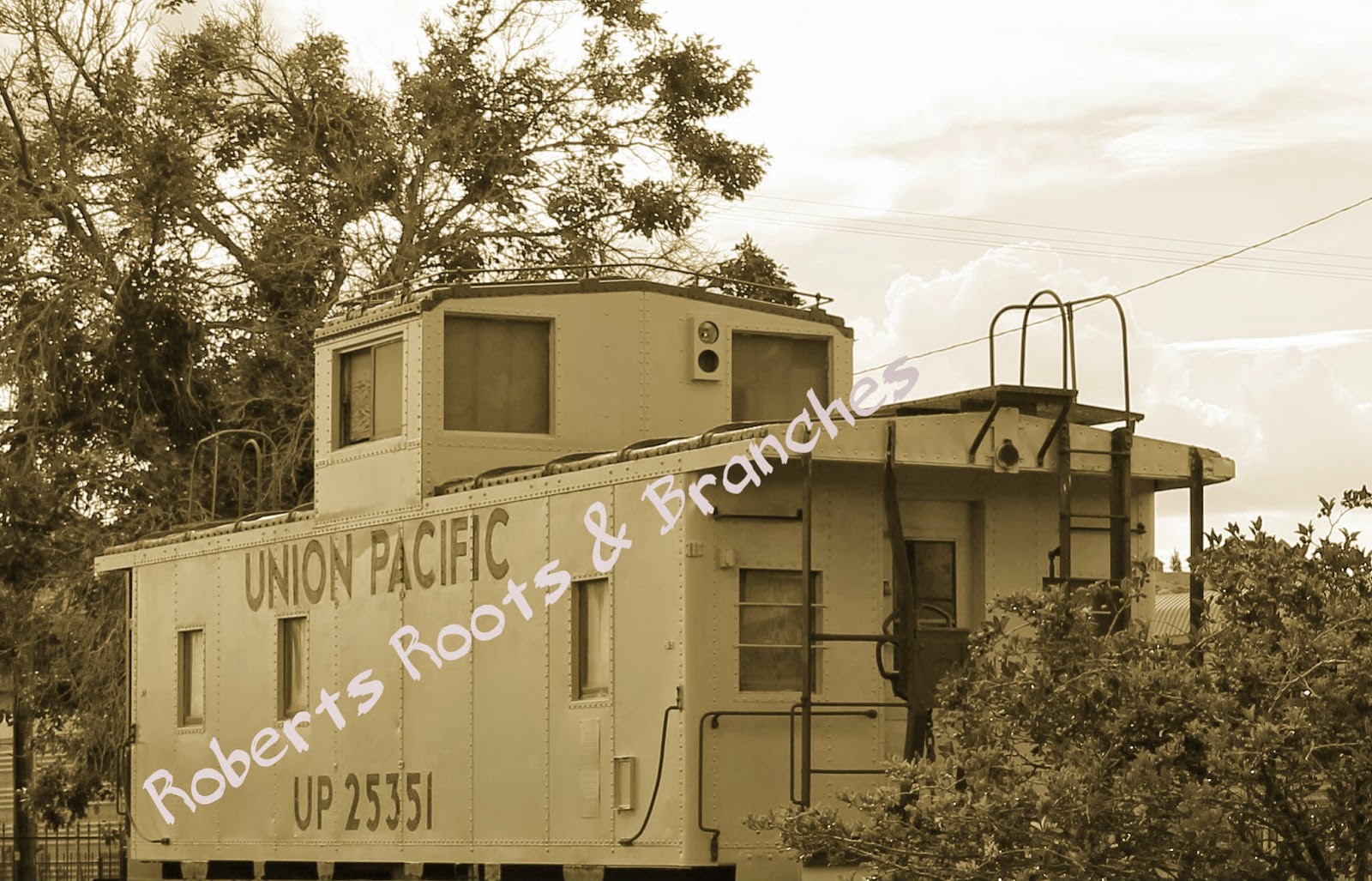Hidden Treasure Part 2
JSTOR Part 2 While searching JSTOR using key words, one result kept coming up: book reviews for “Family Structure in the Staffordshire Potteries…”. At first I ignored the results, how could a book review help in my family research. I continued to search, gather and download articles to read at a later time. The more I searched in Staffordshire, England using keywords: coalmining, Hanley, Potteries, etc., numerous book reviews continued to be scattered in the results. Then, I looked closer at the title of the book: “Family Structure in the Staffordshire Potteries 1840-1880” by Marguerite W. Dupree. I was elated, the time-period included the years the Hugh(1) and Margaret(2) family lived in Hanley, Staffordshire, England—the Potteries! Hugh and Margaret arrived in Hanley, between 1857 and 1859 and left Staffordshire when they immigrated in April of 1886. Suddenly, I began looking closer at the book reviews because they were relevant to my family history. Next,
